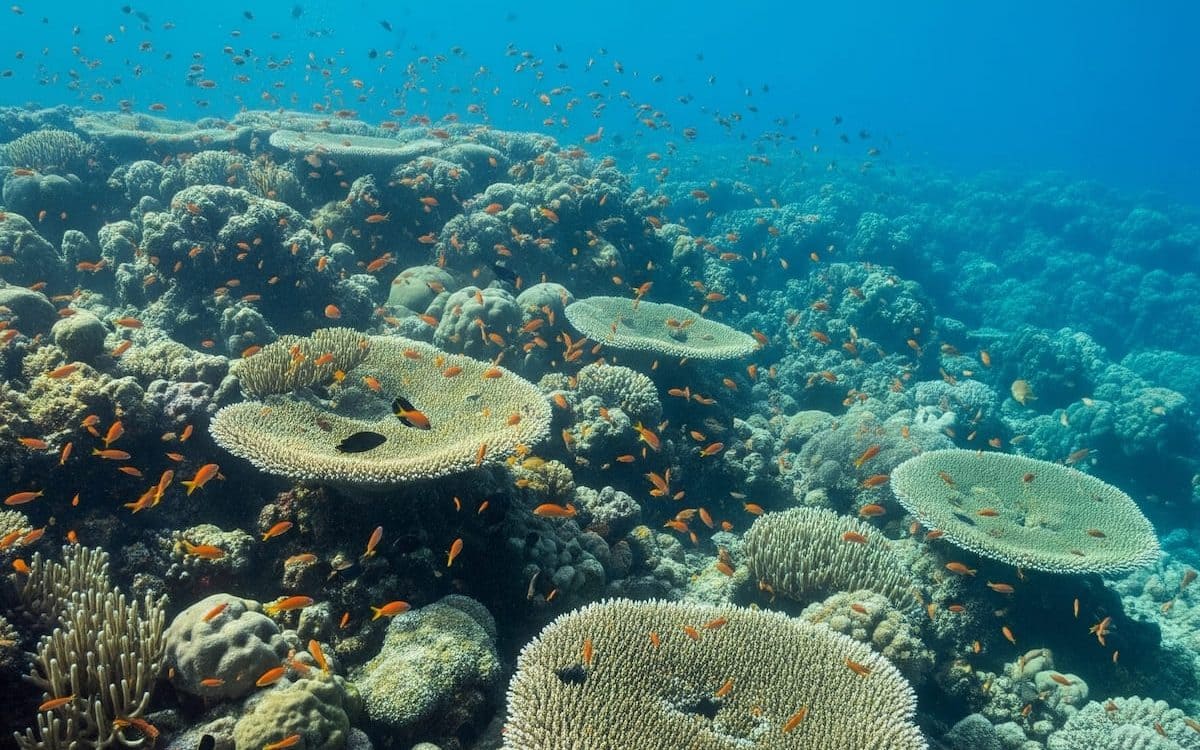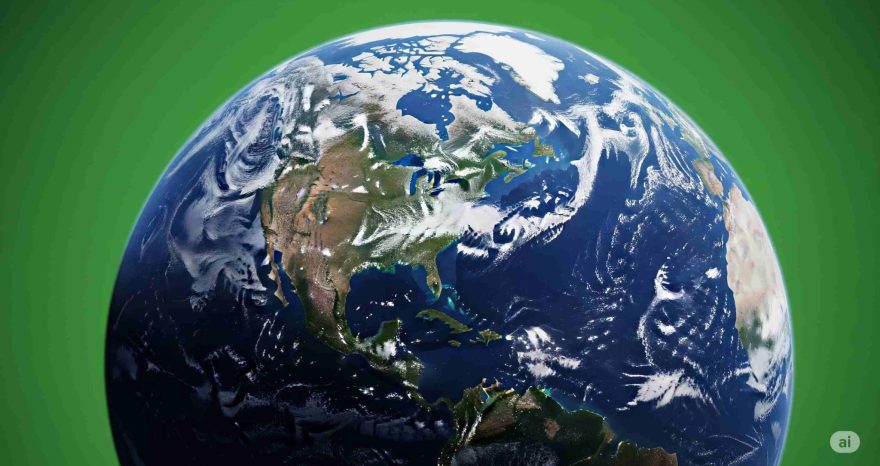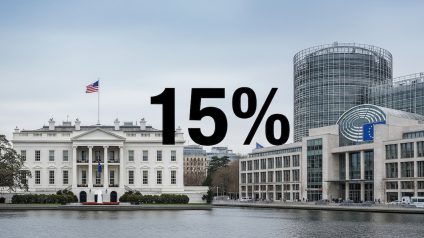Marine heatwaves 2024 scorched over 10% of global ocean surface, with record sea temperatures and rising risks for Pacific coastal communities

Marine heatwaves 2024: record highs in the southwest Pacific
The average ocean temperature in 2024 was the highest ever recorded since satellite tracking began in the early 1980s.
According to a new report by the World Meteorological Organization (WMO), the United Nations’ weather and climate agency, marine heatwaves in 2024 reached unprecedented levels in the southwest Pacific, affecting over 10% of the global ocean surface. This prolonged and extreme ocean warming has significantly raised extinction threats for Indonesia’s tropical glaciers.
Rising sea levels pose an escalating risk to all coastal communities, especially in the southwest Pacific where more than half the population lives near the shore.
The impact across Australia, New Zealand, and Southeast Asia
The southwest Pacific region includes Australia, New Zealand, and island nations across Southeast Asia such as Indonesia and the Philippines. The WMO report states that last year’s marine heatwaves were the most severe since measurements began in 1993.
In January, April, May, and June 2024, marine heatwaves swept across nearly 40 million square kilometers of ocean—over 10% of the total ocean surface. Ocean acidification, which makes marine environments increasingly inhospitable for sea life, also intensified across the region, disrupting ecosystems and local economies alike.
The affected area is comparable in size to the entire Asian continent, or about four times the land area of Europe.
Ocean heat content and temperature records
In 2024, the average sea surface temperature in the southwest Pacific hit its highest level in over four decades. Ocean heat content—which measures total stored heat from surface to deep waters—reached the second-highest level ever recorded, tying with 2021 and 2023. The all-time high remains 2022.
Overall, 2024 brought record-breaking temperatures for the region, running nearly half a degree Celsius above the 1991–2020 average. These anomalies were strongly driven by El Niño conditions. Australia and the Philippines recorded some of their highest temperatures ever.
Rising sea levels and local displacement
Sea level rise in the region exceeded the global average. This spells trouble for Pacific islands where over half of residents live within 500 meters of the coast. Local communities face a grim choice: remain in increasingly risky areas or relocate in search of safety.
In Fiji, the island of Serua has been devastated by erosion and flooding over the past two decades. The sea breached protective barriers, destroyed homes, and inundated farmland. Twice, the island could be crossed entirely by boat without touching land. For many Indigenous communities, ties to the land are deeply rooted, making relocation emotionally and culturally difficult.
National climate resilience is now a central focus. The Philippines’ National Adaptation Plan, for instance, highlights the need for urgent climate preparedness. While tropical cyclone frequency may decrease, their intensity is expected to rise—putting millions of Filipinos at greater risk.
The vanishing tropical glaciers of Indonesia
Snow and ice are rare in the southwest Pacific, but glaciers exist in New Zealand’s mountain ranges and on the highest peaks of western New Guinea. Satellite data show that the glaciers in Indonesia’s Papua province have shrunk by nearly 50% since 2022.
If this rate of melting continues, Indonesia’s tropical glaciers could disappear entirely by 2026 or shortly thereafter, warned Donaldi Sukma Permana of Indonesia’s meteorological, climatological, and geophysical agency in February.
Read the full WMO report on southwest Pacific climate trends here.












